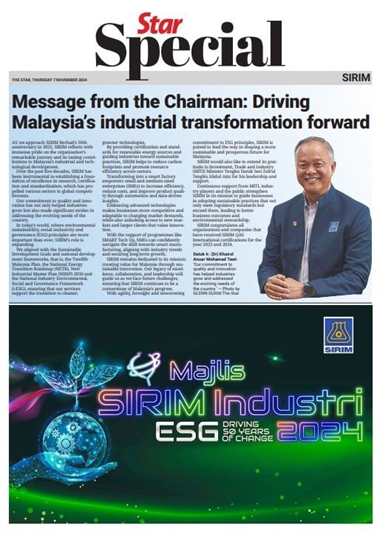
The ubiquity of plastic products means that we are continually being exposed to the risk of consuming micro- and nanoplastics. — dpa
Microplastics and nanoplastics are more likely to show up in the placentae of premature babies than those born full-term, according to a team of United States-based doctors.
The discovery means that there is a “possibility” that the plastic shards “could be contributing to the risk and occurrence of preterm birth,” according to Boston Children’s Hospital maternal-foetal medicine specialist Dr Kjersti Aagaard.
Microplastics are smaller than 5mm, while nanoplastics are too tiny to be seen by the human eye.
In recent years, they have been found in male reproductive organs and have been shown to pass from mother to unborn baby.
“When combined with other recent research, this study adds to the growing body of evidence, ranging from heart disease to potentially stroke, that demonstrates a real risk of exposure to plastics on human health and disease,” said Dr Aagaard.
“The finding of higher placental concentrations among preterm births was surprising because it was counter-intuitive to what you might expect if it was merely a byproduct of the length of time of the pregnancy,” said Baylor College of Medicine assistant professor of obstetrics and gynaecology Dr Enrico Barrozo.
The team’s research was based on “highly sensitive” mass spectrometry analysis of 175 placentae, 100 of which were at term and 75 collected preterm or at less than 37 weeks of pregnancy.
It was published in the medical journal Pregnancy and presented at the US Society for Maternal-Fetal Medicine’s annual meeting on Jan 30 (2025). – dpa










































